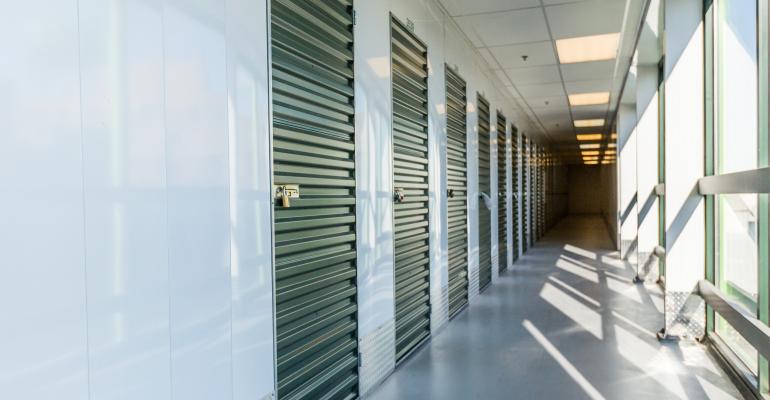Investors who buy self-storage properties are being more careful about which assets to bet on, but they continue to be willing to pay top dollar for these properties.
“The buyers are getting much more selective… there has been a lot of continued concern about supply,” says Brandon Karr, first vice president and director of the national self-storage group in the Fort Worth, Texas office of brokerage firm Marcus & Millichap.
Investors are worried about the number of new self-storage properties opening across the country.
To avoid competition from new properties coming on-line, many buyers have turned their attention to secondary markets, where fewer new self-storage facilities have opened. Meanwhile, buyers in overbuilt markets are taking more time to underwrite their deals, double-checking assumptions about future leasing and rent growth.
Cap rates creep lower
Despite these worries, self-storage investors keep paying higher and higher prices for properties relative to income. Cap rates in the sector are at their lowest point on record.
“Cap rates remain at historical lows for cash-flowing and stabilized opportunities,” says Brian Somoza, managing director in the capital markets group of real estate services firm JLL.
Average cap rates inched lower in 2018, creeping closer to 6.0 percent, according to a preliminary estimate from Marcus & Millichap. Cap rates have crept downwards for several years, falling from just over 7.0 percent in 2012.
They continue to trend lower even though interest rates have begun to rise, including the benchmark yield on Treasury bonds. “Compared with the U.S. 10-year Treasury, the national average self-storage cap rate is more than 350 basis points higher. During the height of the previous growth cycle that spread was just 250 basis points,” says Karr.
Because self-storage properties provide relatively high yields compared to other investments, new buyers continue to enter the sector. “There is a tremendous amount of capital chasing yield,” says Ryan Clark, director of investment sales for self-storage brokerage SkyView Advisors, based in Tampa, Fla.
Prices are highest in the biggest metro areas where the demand for self-storage properties has grown most quickly. “Stabilized and cash-flowing self-storage portfolios in the top 10 metro areas are the most sought-after opportunities and continue to demand core pricing,” says Somoza.
Stabilized properties in top markets often achieve cap rates under 5.0 percent, according to SkyView.
In contrast, cap rates often rise above 8.0 percent in rural markets. These higher yields are increasingly attracting investors to smaller markets. “More of the investors are willing to look outside of primary markets,” says Karr.
Investors worry about overbuilding
Developers are planning to open slightly fewer new self-storage facilities in 2019 than they opened in 2018, which was the biggest year ever for new construction of self-storage properties, according to Marcus & Millichap. Competition from these new properties is likely to push rent growth down.
“The peak in deliveries in 2018 is going to be felt into 2019 and 2020,” says Clark.
This new construction has generally been quite concentrated, with just five metros receiving 25 percent of the supply over the last three years, according to Marcus & Millichap. That’s another reason many investors are looking at smaller cities to buy properties.
“There is definitely a flight to stabilized deals. If that takes you to a secondary or tertiary market, the private equity funds and new buyers seem to be more willing to go there,” says Clark.
Investors are especially carefully when they consider self-storage properties that are not fully occupied. “The market continues to get softer for certificate of occupancy and early stage lease-up deals,” says Clark.
Buyers who are considering properties that are not yet fully leased are likely to assume that it may take longer than usual to lease up, with slower rent growth than usual, if rents grow at all. “Lease-up properties are currently being underwritten more conservatively than in years past,” says Somoza.
“They are getting into the weeds and being careful about how aggressive they are underwriting their future income,” says Karr. “Everywhere you look there is another property being built—and how is that going to effect your lease-up timetable?”





